- Joined
- Jul 27, 2009
- Messages
- 4,088
Re: Article: Over Grading of Blue Fluorescent Diamonds Revis
Karl, your statement above (my bold) is interesting in light of the subject of this discussion. I posted the following over a year ago in another discussion based upon a conversation I had with someone in upper management at the GIA lab, after learning that some dossiers are being color graded exclusively by machine.Karl_K|1459444280|4013765 said:I would rather see machines grading color but the most critical step is going to be identifying the ones the machine can not grade accurately and qc checking.Rockdiamond|1459443363|4013756 said:HI Sharon, if we can move away from attack mode, and into solution mode....
What would be your suggestion for how to select the stones for a study? hundreds would be a good start
How many graders should assess the diamonds to give a more balanced and objective grading process?
I also feel that humans could grade clarity without being near the diamond with the same or better accuracy as today and use that to teach AI how to grade. After a few years you may have a pretty good clarity grading AI or you may not.
Again the key is kicking out the ones it can't grade for human grading.
This is a further indicator that fluorescence complicates color grading, and further evidence that special precautions need to be taken with this subset of diamonds to avoid activating the color masking effect and to ensure accurate grading.Very few diamonds are actually color graded entirely by machine, and as your post suggested it is confined to diamonds under 1 carat.
The color grading devices that GIA uses are proprietary, developed in-house, and employ spectroscopic analysis. They output more than just a grade on the scale. They will indicate when certain "modifiers" are present such as hues other than yellow and fluorescence. Those stones are referred for human grading. So only the subset of small stones with no modifiers can be color graded entirely by machine.
It was the opinion of the person I talked to that color grading will go more in the direction of device-only grading as the machines continue to get better at taking all the subtle variables into account.

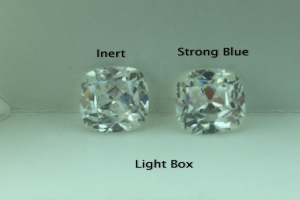
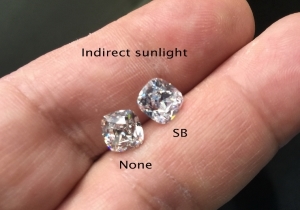
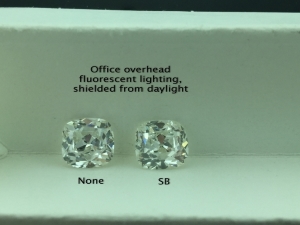
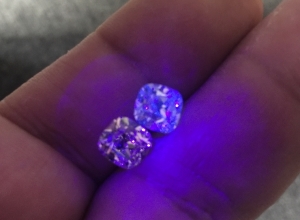
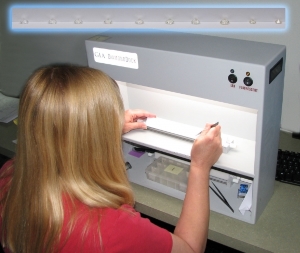
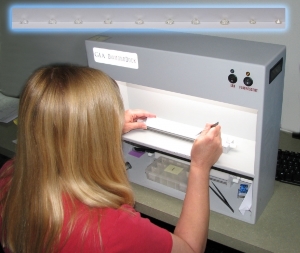
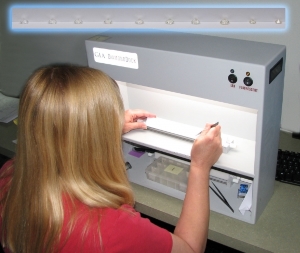
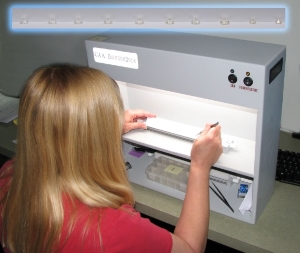
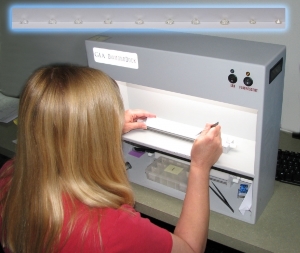
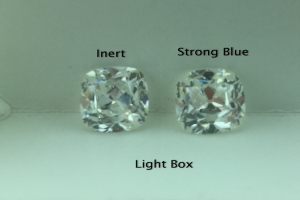
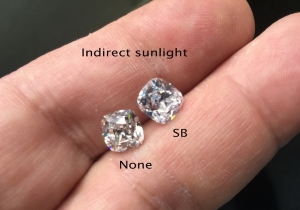
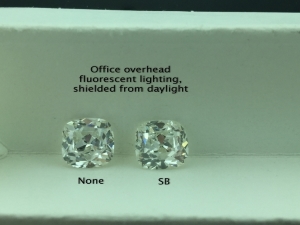
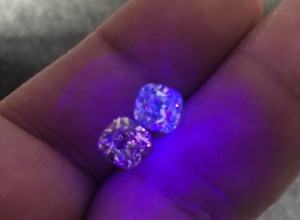
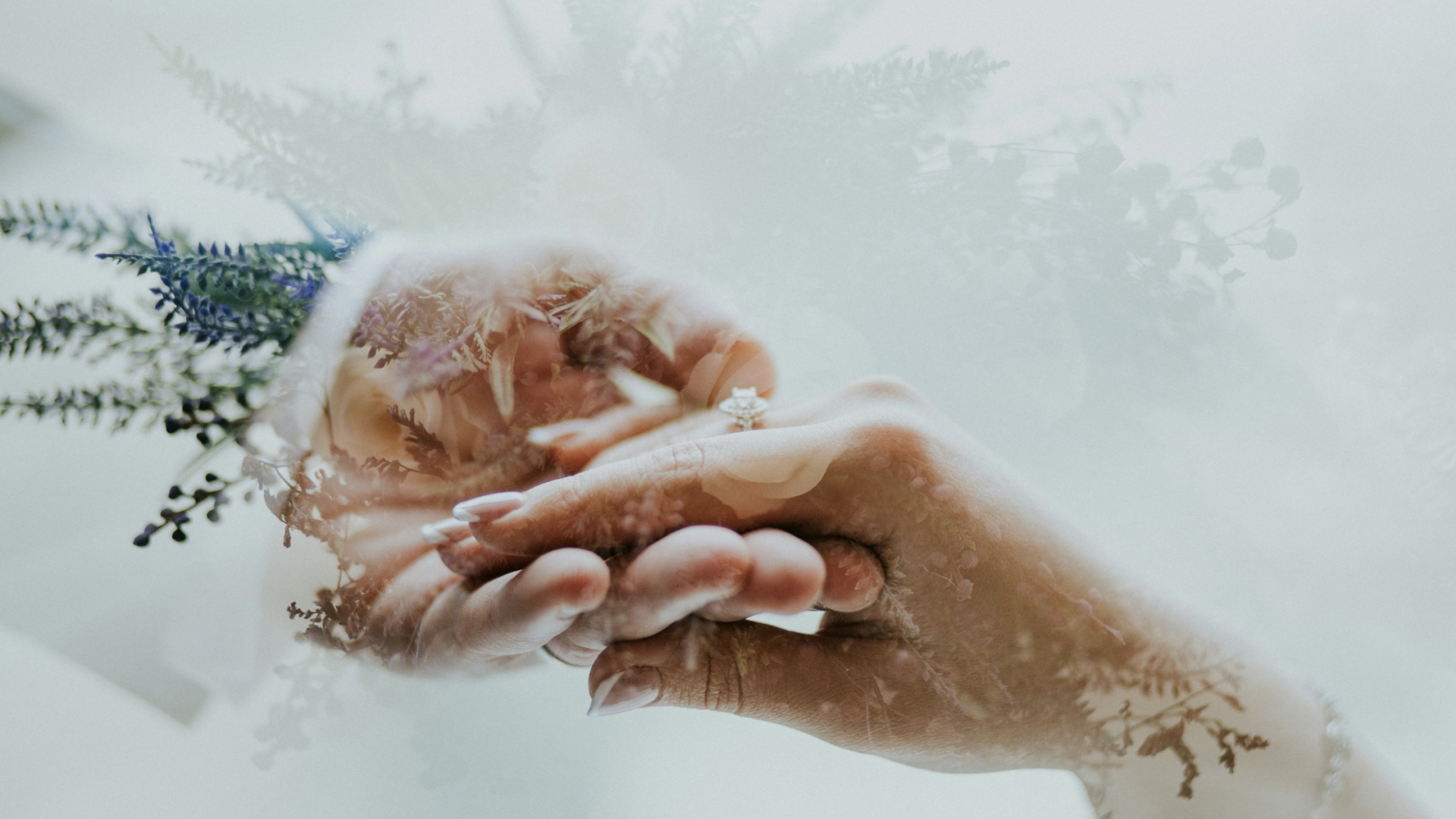

300x240.png)